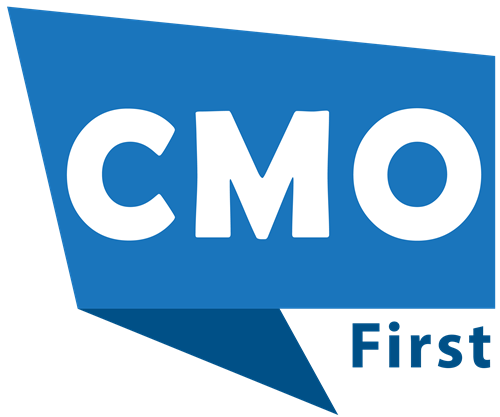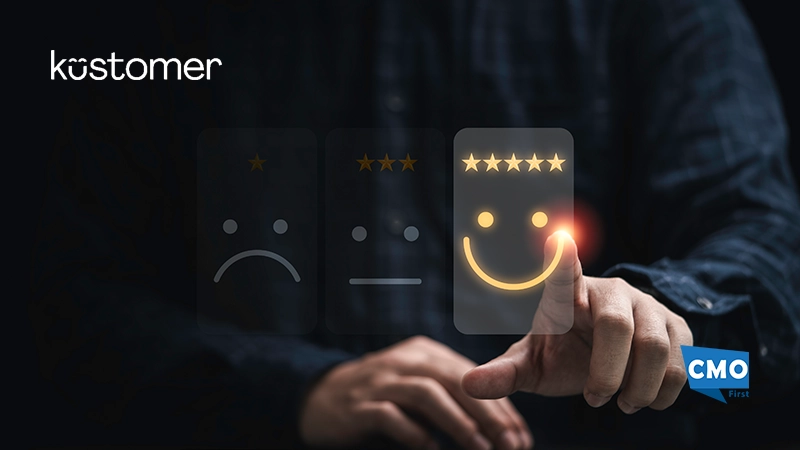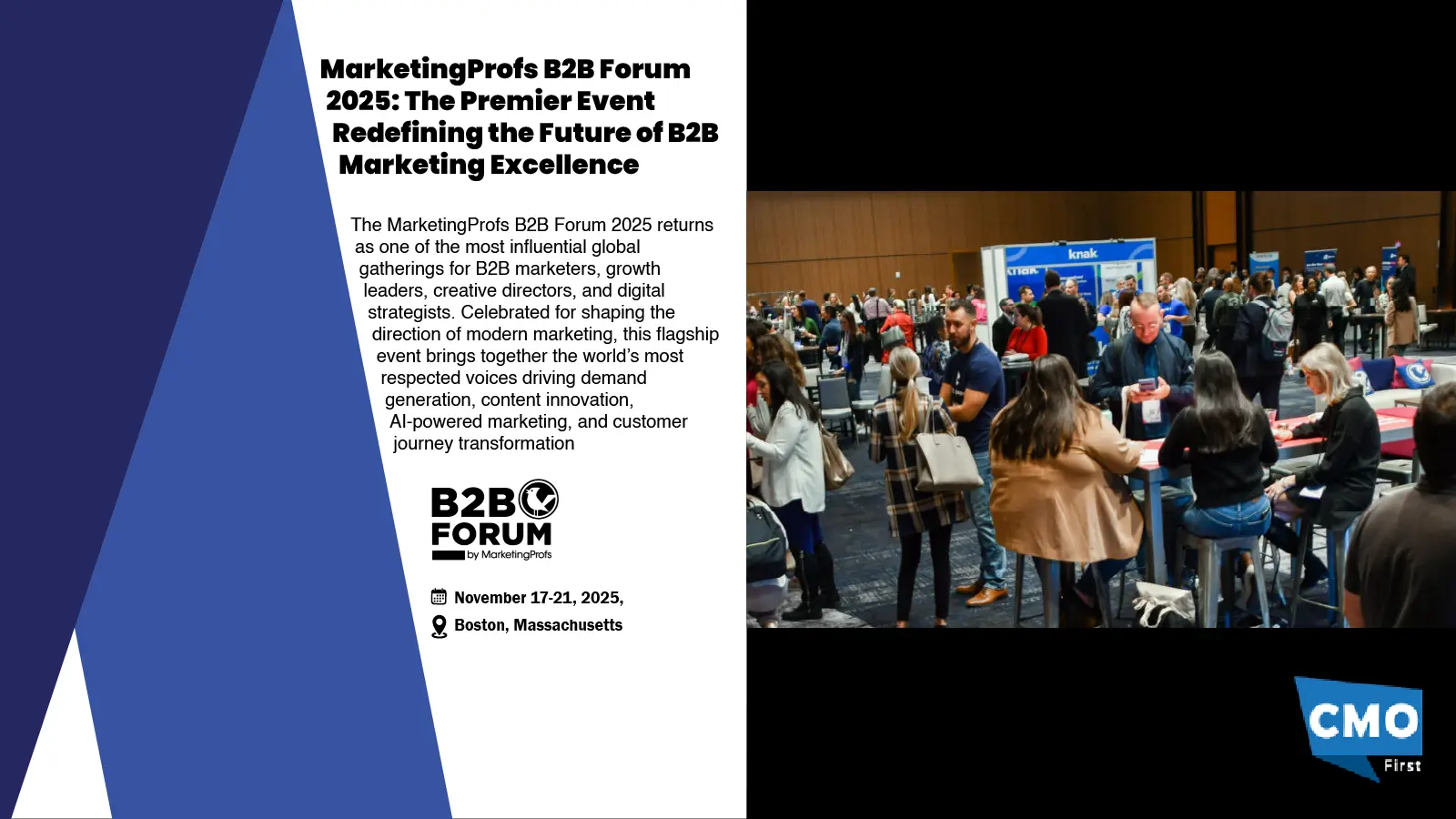Marketing leaders must provide a consistent brand experience at all customer touchpoints. As organizations grow, teams often create silos. This leads to mixed messages, a weaker brand identity, and scattered customer interactions. CMOs, VPs of Marketing, and marketing leaders will work together. They prioritize their individual goals over the brand’s overall vision.
The Impact of Silos on Brand Consistency
Silos arise when teams operate independently, often prioritizing their own objectives over the collective vision of the brand. This scattered approach shows up in marketing as:
- Fragmented campaigns
- Ambiguous messaging
- Poor collaboration between content, digital, social media, and demand generation teams.
Customers want a smooth brand experience. This applies to social media, email, and sales pitches. Inconsistencies shatter trust and plummet engagement. Marketing and sales must collaborate to prevent these problems. Sales teams require marketing to provide actionable insights, nurture leads, and establish a strong brand position. Misaligned messaging confuses prospects, crippling outreach efforts. Customer service teams must team up with marketing. This ensures that brand promises match what customers actually experience.
Creating a Culture of Collaboration

Unified brand experiences are built on cultures of collaboration. Leaders set the tone by prioritizing shared goals and open communication between teams. Regular meetings, collaborative workshops, and integrated planning sessions bridge gaps and ensure alignment.
Knowledge sharing across departments drives cohesion. Teams that grasp the bigger picture run campaigns that boost the brand’s main message. Centralized brand guidelines keep things consistent. They ensure that all content, like blog posts and video ads, has a unified voice and style.
Also Read: The Evolution of Funnel Marketing: Why Traditional Funnels No Longer Work in B2B
Leveraging Technology for Integration
Technology breaks down silos and fosters seamless collaboration. Marketing automation platforms, CRM systems, and project management tools help teams see everything. They ensure everyone has access to the same data and insights. Shared dashboards help marketing, sales, and customer service teams see campaign performance and customer interactions right away.
A centralized content management system makes marketing materials easy for teams to access. This reduces duplication and keeps version control intact. AI analytics reveal insights into customer behavior. This helps teams change messaging and campaigns with real-time data. They no longer work in isolation.
Aligning Goals Across Departments
Align goals across teams to break down silos effectively. Marketing, sales, and customer service teams perform better when they share goals. Cross-functional success metrics, like key performance indicators (KPIs), promote teamwork and reduce competition.
Marketing teams that focus only on lead generation often weaken quality. This conflicts with sales goals. Organizations can use shared metrics such as conversion rates and customer lifetime value. This helps us create real engagement, not just focus on lead volume. Regular performance reviews and feedback help improve and adjust strategies for brand cohesion.
Real-World Examples of Unified Brand Experiences

Companies overcome siloed marketing structures to deliver seamless brand experiences. A global tech firm formed a cross-functional team to improve alignment. They adopted a shared CRM and started weekly strategy meetings. This unified their message across campaigns and improved sales conversion rates.
A top e-commerce brand linked marketing with customer service. They made sure marketing promotions fit the customer support experience. They used AI chatbots and automated workflows to achieve this. This reduced friction and increased customer satisfaction.
A B2B SaaS company brought its content strategy together. The marketing, sales, and product teams can all add to a shared content hub. Each piece of content highlighted the brand’s value. It connected well with both potential and current customers.
The Future of Integrated Brand Experiences
In the era of digital transformation, organizations must tear down silos. Embracing AI-driven personalization and omnichannel marketing automation fosters seamless brand experiences. According to research by Statista, a well-suited ad messages can make or break a brand’s image, and in 2022, 43% of surveyed online shoppers worldwide were willing to share their personal data for the sake of better tailored marketing. Predictive analytics equips teams to navigate customer journeys with confidence. Companies that align their goals and leverage collaboration tools cultivate a vibrant culture. These efforts forge lasting bonds with customers, creating connections that stand the test of time.
Marketing leaders should break down silos. This way, every department helps create a strong and clear brand story. Brands can ensure a smooth experience. They can do this by aligning goals, using technology, and encouraging teamwork. This approach connects with customers at every point. In a world where trust in brands matters most, coming together is key for lasting success.























Leave a Reply